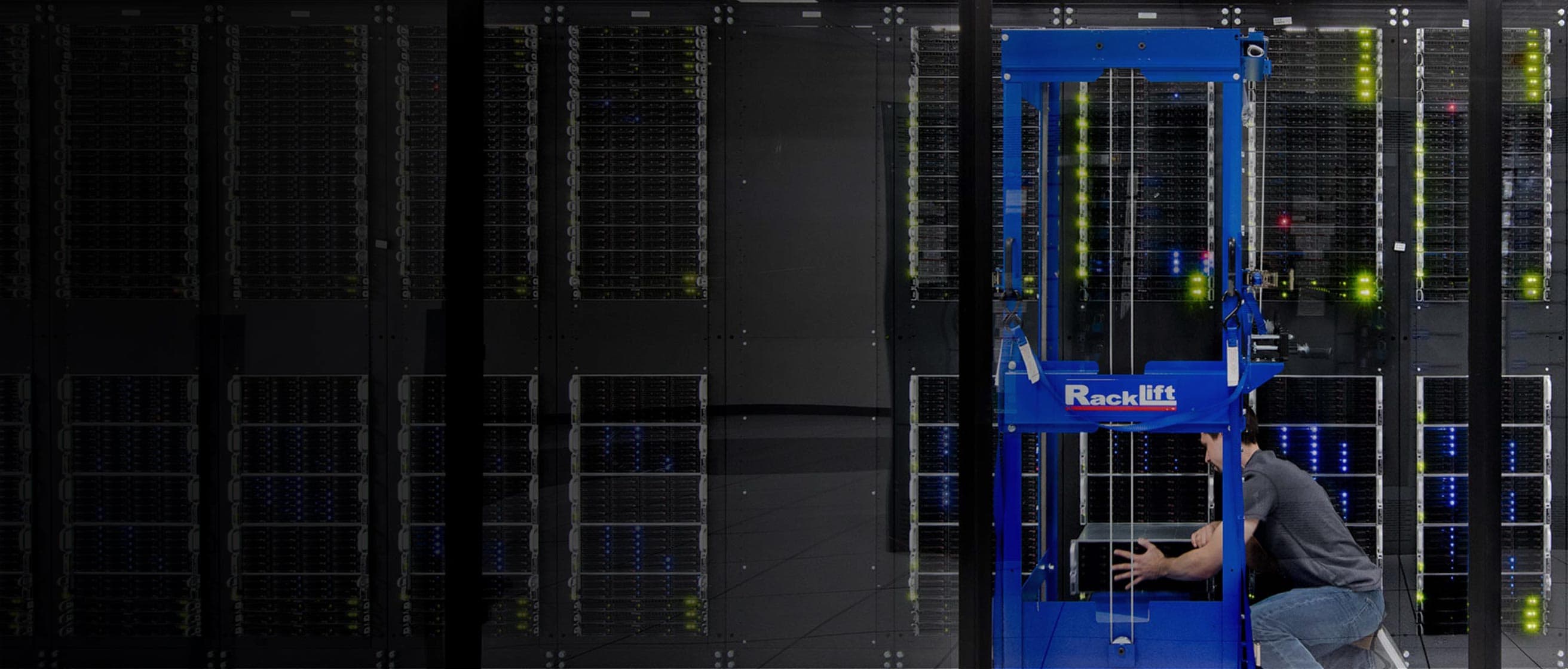
IBM Cloud Databases for Redis lets you use counters, queues, lists and HyperLogLogs to handle complex data issues simply.
How customers use it
Developers can focus on building applications rather than handling backups, logging, monitoring, scaling, hardware setup and software patching.
Data is encrypted at rest and in motion, and integration with IBM® Key Protect lets you bring your own encryption key for data at rest.
IBM Cloud Databases for Redis allows you to scale disk and RAM independently to best fit your application requirements.
The service is compatible with Redis APIs, data formats and clients, which means that applications that already leverage Redis can easily use IBM Cloud Databases for Redis as a drop-in replacement.
The standard configuration includes two data members configured for high availability to provide a 99.99% SLA.
Get to global scale with integrated, infrastructure-as-code tools, such as IBM Cloud Schematics with Terraform and Red Hat® Ansible® support at no additional charge.
A scalable JSON document database for web, mobile, Internet of Things and serverless applications.
An enterprise-ready, fully managed PostgreSQL object-relational database, built with native integration into IBM Cloud.
A fully managed MySQL relational database service. Deploy and scale effortlessly to drive innovation.
Footnotes
*Redis is a registered trademark of Redis Ltd. Any rights therein are reserved to Redis Ltd. Any use by IBM is for referential purposes only and does not indicate any sponsorship, endorsement or affiliation between Redis and IBM.